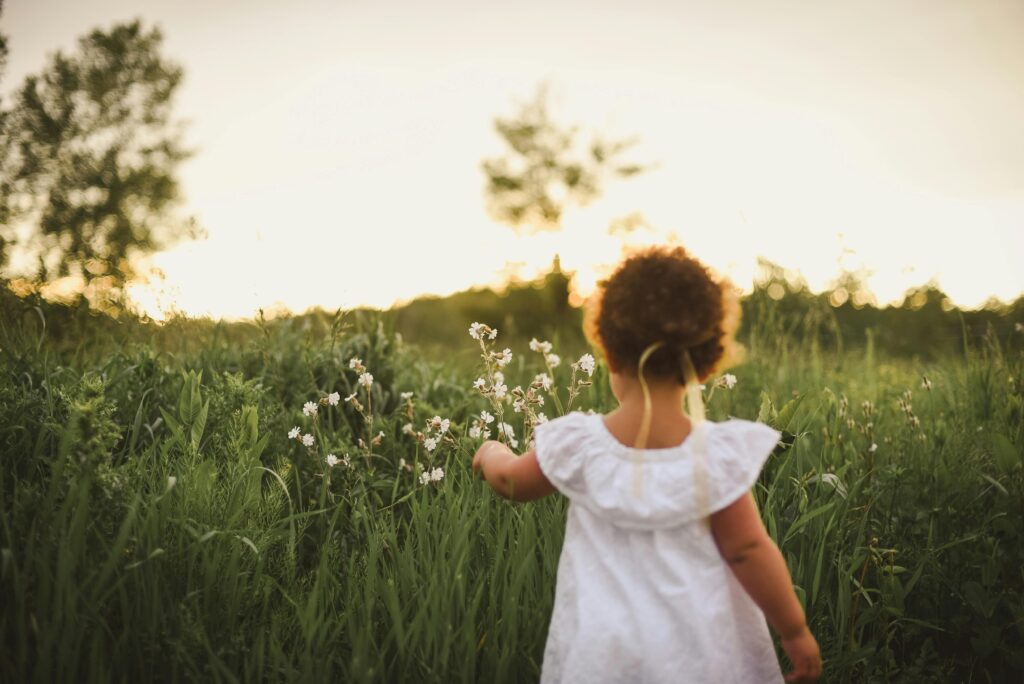Elizabeth’s teenage daughter Grace has Glanzmann thrombasthenia. Elizabeth spoke with HFA about what it was like to find that your child has a very rare bleeding disorder and their family experiences as Grace grows up.*

‘Grace is our only daughter and has Glanzmann thrombasthenia. She has platelets in her blood but they don’t function properly, so she has a treatment plan of “don’t get hurt”!’
Treatment for Grace involves tranexamic acid as a starting point if she has mouth, nose, ear or face bleeds, and also for her periods. When things get more serious and she needs more help with clotting, her medication steps up to recombinant factor VIIa (Novoseven®).
An unexpected diagnosis
The road to diagnosis took 9 months and several referrals to specialists. As a premature baby, Grace needed regular heelprick tests when she was born. ‘Her feet ended up swelling like little blood balloons,’ said Elizabeth. ‘When she cried what I now know are petechiae would burst in her face, so she would have bloom of dots on her face.’
Their GP referred her to a paediatrician, who sent her to a dermatologist at the children’s hospital. ‘The questions slowly evolved. After a bruise on her hip, they wanted to be thorough and did a biopsy so they could test from A to Z. They were explaining every disease they were testing for and made a comment, don’t worry it won’t be Glanzmann’s, it’s very rare, and then it came back as Glanzmann’s.’
‘We were first time parents and it felt like it was one long learning curve. But when she was diagnosed, it was good to know that if she cried and the petechiae happened, her face wasn’t sore or injured because the burst blood vessels didn’t physically hurt her.’
Inheritance – what are the odds?
When Elizabeth and her husband investigated having more children, they discovered just how astonishing it was that Grace inherited the gene alteration causing Glanzmann thrombasthenia from both of them. They are not in any way related to each other. Genetic testing confirmed they were both carriers. ‘If only one of us had given her the gene alteration for Glanzmann’s, she just would have been a carrier and we never would have known.’
It was recommended that Elizabeth and her husband use IVF to have more children, but it was too expensive to pursue after the first round was unsuccessful. ‘We’re insanely happy and proud to have our little miracle. She is an amazing human being. We tried to give her a sibling but it just didn’t work.’
Managing risks
Now that Grace is a teenager, managing her bleeding disorder has become part of normal life. There are routines, areas that are relaxed, and some rules – ‘she needs to be safe about what she is doing.’
She participates in sport but avoids contact sports – anything where she could be hit by a bat or a ball, as well as by a person, and that includes when she is sitting out. ‘She does a lot of skill-based sport, but kids can be boisterous and she needs to make sure she is around kids who are careful. She has amazing friends now who rally around her if anything goes wrong, like if she has a bleed.’
‘Grace is a typical teenager. She loves life, she loves fishing and camping and loves being outdoors. As a parent, I try to make as many opportunities as I can for her.’ This has included working carefully with her school to make sure she can have first aid and ice any bleeds easily and quietly, ‘so she gets the most out of her classes, doesn’t feel like she is imposing on anyone or feel like she is being noticed.’
What’s important?
‘We’ve learned to find fun things that you can do as an individual and as a family that doesn’t feel like I can only do this. When things are hard, you need something to look forward to. But things aren’t always hard!’
‘And you’re not alone. It’s just life, everyone has their ‘thing’ – it could be a nut allergy or living remotely and they deal with that in their way. And for Grace, it’s just being careful.’
*Elizabeth and Grace are not their real names
For more information
To learn more about Glanzmann Thrombasthenia visit the information page:


